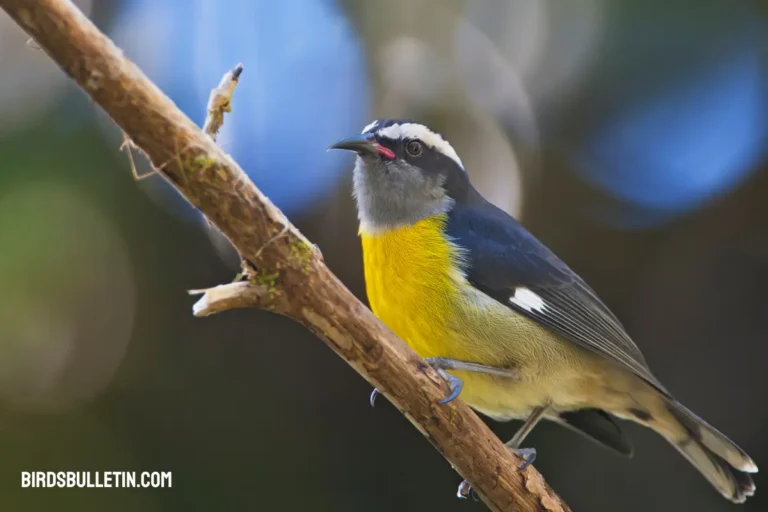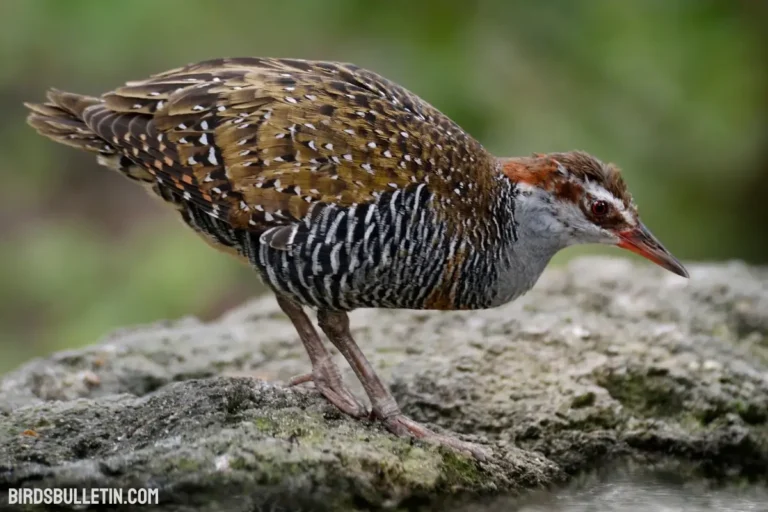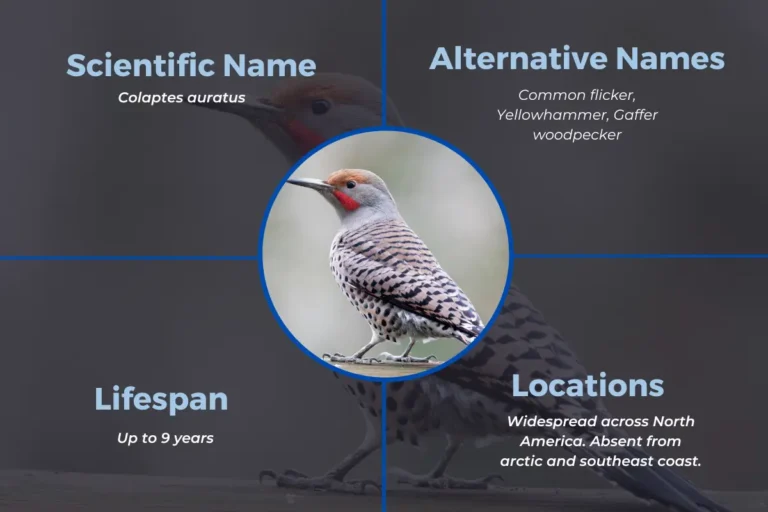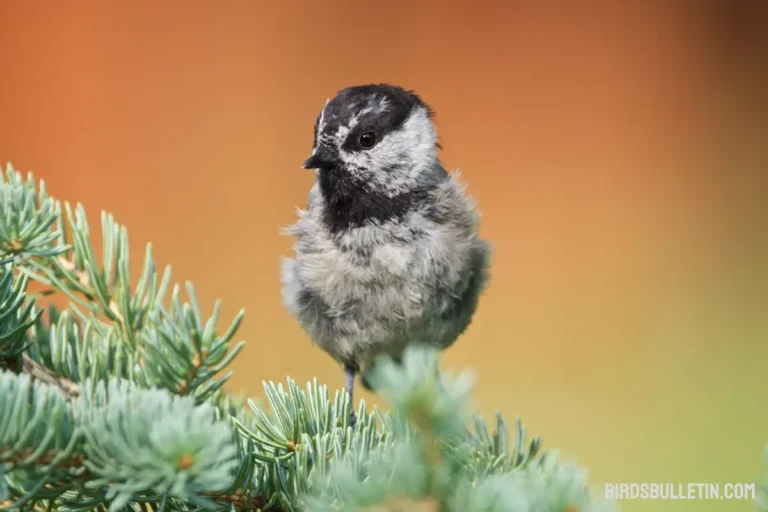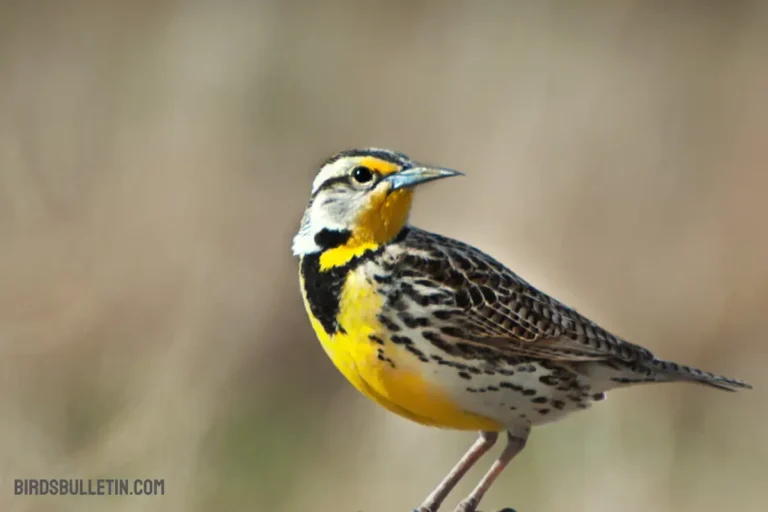Gray-Headed Chickadee: Subspecies And More
The gray-headed chickadee holds the status of being one of Alaska’s rarest regularly breeding birds and is among the limited number of cavity-nesting species in the subpolar regions. Recognizable by its gray head, black bib, and soft vocalizations.
This chickadee is a year-round resident of high-elevation pine and fir forests. Learn more about identifying, behavior, populations, conservation, and unique facts about the Gray-headed Chickadee below.
Want to learn more about Birds Overview
Identification
Identifying the gray-headed chickadee takes careful observation of key features:
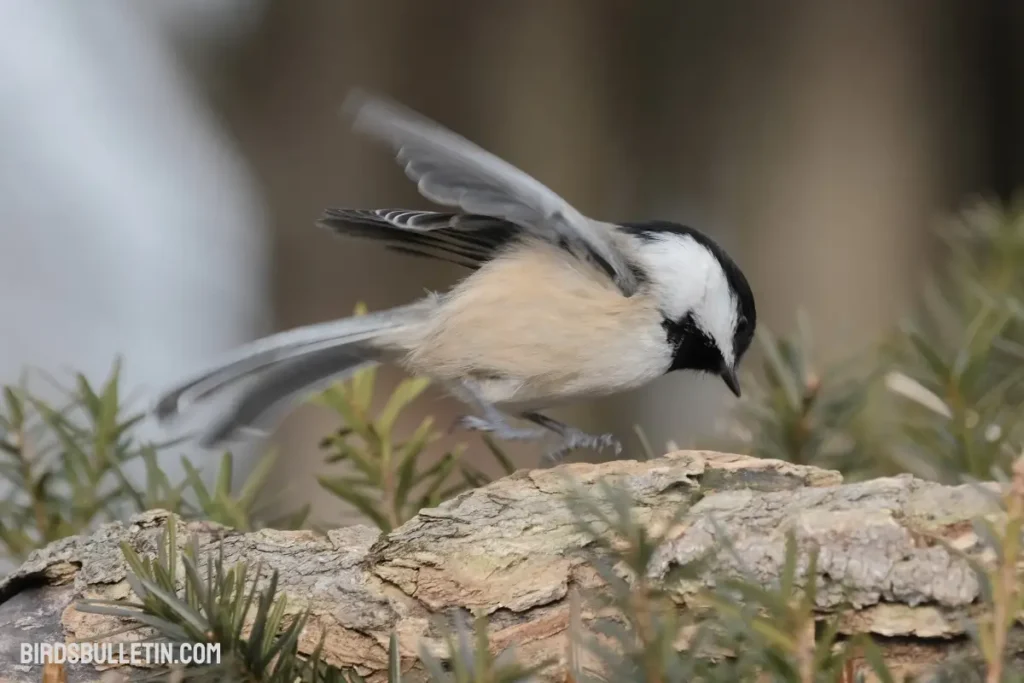
- Size and Shape: About 5-6 inches in length with a rounded body shape. Slightly smaller than the familiar black-capped chickadee.
- Color Pattern: Gray head and nape, black bib, warm brown-gray upperparts, buffy sides, and white belly. The black cap does not extend down to the eyes like the black-capped chickadee.
- Behavior: Active and acrobatic. Frequent bird feeders and hangs upside down while foraging. Quick, bouncy flight pattern with rapid wingbeats.
- Habitat: Found in open woodlands, parks, and backyards. Often mixes with flocks of bushtits and chickadees.
Gray-headed Chickadee Profile
| Information | Details |
|---|---|
| Scientific name | Poecile cinctus |
| Alternative name | Gray-capped chickadee, Siberian Tit |
| Colora | Gray head, black bib, white cheeks, olive-gray upperparts, buffy sides, whitish underparts |
| Size | 14 cm |
| Wingspan | 20 cm |
| Weight | 14.3 g |
| Lifespan | 2 years in the wild, up to 7 years in captivity |
| Breeding season | Throughout the entire month of May |
| Lay eggs | 5-9 eggs per clutch, 1-2 broods per season |
| Diet and prey | Insects, seeds, berries |
| Threats and predators | Hawks, owls, snakes, cats |
| Locations | Western North America – western Canada, western U.S., northwest Mexico |
State Bird And Symbol
The Gray-headed Chickadee is not designated as the official state bird for any of the United States. This small songbird has a range primarily in the northern regions of North America, including Alaska, Canada, and parts of the northwestern United States.
However, it is not strongly associated with any particular U.S. state. Some states have chosen more iconic regional birds to represent their state, like the Northern Cardinal for Illinois or the Western Meadowlark for Kansas.
The Gray-headed Chickadee may be too far north to be claimed by any state as an official symbolic bird.
Species Or Subspecies
The grey-headed chickadee was originally classified in the genus Parus along with most other tit species. There are four recognized subspecies:
01. Poecile Cinctus Lapponicus – Found in Scandinavia and north European Russia
02. Poecile Cinctus Cinctus – Ranges from northeast European Russia through Siberia to Kamchatka and north-central Mongolia
03. Poecile Cinctus Sayanus – Occurs in south Siberia and northwest Mongolia
04. Poecile Cinctus Lathami – Located in north and west Alaska and northwest Canada
Nesting
Gray-headed Chickadees nest in natural tree cavities or old woodpecker holes in dead trees. They line the nest with soft materials like moss, grass, fur, and feathers.
On average, females lay 5-8 eggs which are white with small reddish-brown spots. Only the female incubates the eggs for about 14 days. Nestlings fledge at around 18 days old.
Population Status
According to the North American Breeding Bird Survey, gray-headed chickadee populations are stable with no significant increases or decreases across their range.
They are common to fairly common in appropriate habitats. Exact global population numbers are unknown, but they are not considered near threatened or endangered.
Migration Patterns
The gray-headed chickadee is non-migratory and resides year-round throughout its breeding range in the western and central United States. However, seasonal movements do occur as flocks shift location and altitude to find food.
In winter, they descend to lower elevations and often visit backyards. In summer, they move to higher-elevation woodlands and forests for breeding. These movements are irruptive and unpredictable rather than true long-distance migration.
Behavior And Interactions
Gray-headed chickadees are active, social, and acrobatic. They form large flocks with other chickadees and small songbirds outside of breeding season.
They can often be seen hanging upside down while searching for insects and seeds. At feeders, they are bold but can be displaced by more aggressive species.
Their frequent contact calls help maintain flock cohesion. They mob potential predators with noisy alarm calls. Curious and intelligent, they readily approach human activity and respond well to imitated vocalizations.
Conservation Status
With stable populations across their range, the gray-headed chickadee has a conservation status of Least Concern according to the IUCN Red List. As their woodland habitats face threats from logging and development.
Maintaining areas of mature forest will be important for the continued thriving of this species. Setting up nest boxes and winter-feeding stations also supports chickadee populations.
Legal Protections
Gray-headed chickadees are protected in the U.S. under the Migratory Bird Treaty Act. This prohibits killing, capturing, selling, or otherwise harming the birds, nests, or eggs.
No federal hunting regulations or bag limits apply to this non-game species. State and local regulations may provide additional protections.
Frequently Ask Questions
01. What is the habitat of the gray-headed chickadee?
Gray-headed chickadees are typically found in coniferous forests, especially in the northern parts of North America. They prefer boreal and subalpine habitats with spruce and fir trees.
02. How does the gray-headed chickadee differ from other chickadee species?
Gray-headed chickadees can be distinguished by their gray crown and nape, which is a key feature setting them apart from other chickadee species. Other chickadees may have different markings and colors on their heads.
03. Do gray-headed chickadees migrate?
Gray-headed chickadees are known to be non-migratory. They typically stay in their breeding territories year-round. However, they may exhibit some altitudinal movements, moving to lower elevations during the winter.
Final Word
With its cheery voice, energetic antics, and beautiful plumage, the charismatic gray-headed chickadee brightens its habitats wherever it goes. Learning to identify this small songbird opens up new dimensions of observing backyard nature.
The chickadee’s adaptability and intelligence continue to fascinate ornithologists and bird enthusiasts alike. Protecting its woodland home helps ensure thriving populations into the future.
References
- The Cornell Lab of Ornithology. Gray-headed Chickadee Overview. https://www.allaboutbirds.org/guide/Gray-headed_Chickadee
- Idaho Museum of Natural History. Idaho State Symbols. https://www.idahopublictelevision.org/idahoinsects/symbols.html
- Audubon Society. Gray-headed Chickadee. https://www.audubon.org/field-guide/bird/gray-headed-chickadee


